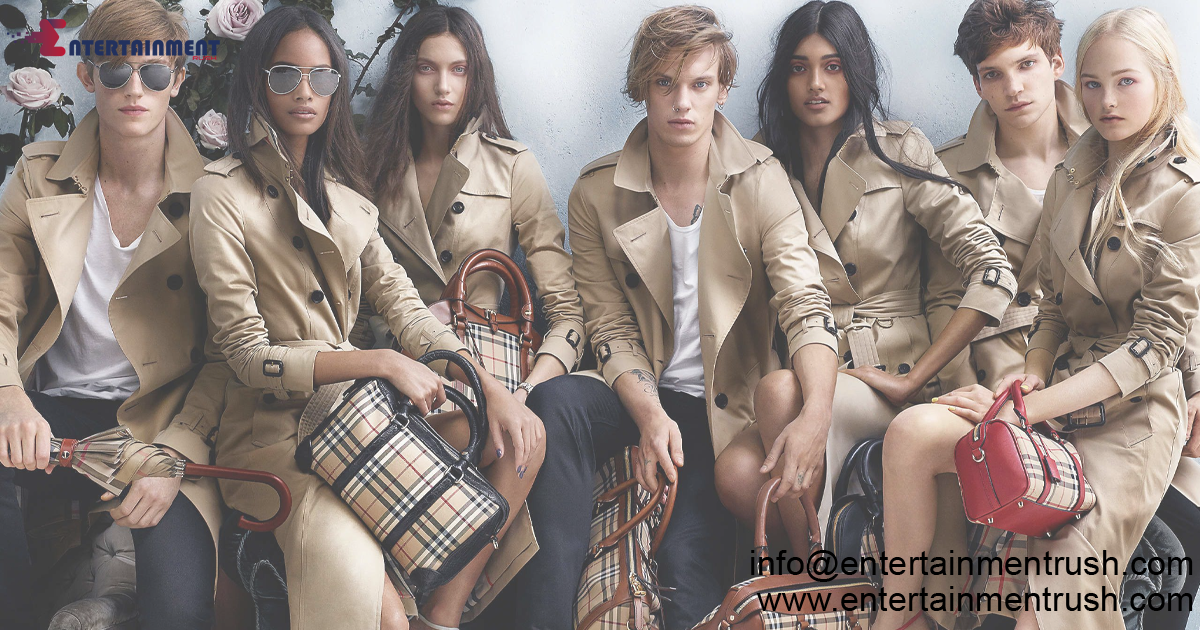Fashion is more than just clothing; it’s a reflection of society, culture, and individual expression. Over the centuries, fashion trends have come and gone, but certain styles and icons have endured, leaving an indelible mark on the world of fashion. From ancient civilizations to modern-day runways, let’s delve into the captivating journey of style evolution across the ages.
Ancient Elegance: From Togas to Tunics
In ancient civilizations such as Egypt, Greece, and Rome, clothing was not merely functional but also symbolic of one’s social status and identity. The flowing elegance of Egyptian linen garments, the draped silhouettes of Greek chitons, and the regal togas of Roman senators all epitomized the grandeur and sophistication of ancient fashion. These styles not only provided comfort but also served as a canvas for intricate embellishments and luxurious fabrics, showcasing the craftsmanship of the era.
Medieval Majesty: The Age of Royalty and Renascence
During the Middle Ages, fashion became intertwined with power and privilege, as feudal lords and royal courts set the trends of the time. The opulent gowns of medieval queens adorned with rich fabrics, ornate embroidery, and elaborate headdresses exemplified the extravagance of the era. Meanwhile, the Renaissance period saw a revival of classical aesthetics, with garments characterized by voluminous sleeves, corseted bodices, and intricate lacework, reflecting a newfound appreciation for art, beauty, and individualism.
Rococo Romance: Extravagance and Exuberance
The 18th century witnessed the rise of Rococo fashion, marked by its emphasis on lavishness, frivolity, and theatricality. Women’s attire was characterized by the voluminous skirts of the robe à la française, adorned with cascading ruffles, delicate lace, and exuberant floral motifs. Men, too, embraced elaborate attire, donning embroidered waistcoats, powdered wigs, and silk stockings to exude refinement and sophistication. Rococo fashion not only reflected the luxurious lifestyle of the aristocracy but also served as a form of escapism from the constraints of everyday life.
Victorian Virtue: Elegance Amidst Industrialization
The Victorian era ushered in a new era of fashion marked by propriety, modesty, and refinement. Women’s attire was characterized by the hourglass silhouette, achieved through corsets, crinolines, and bustles, which emphasized a tiny waist and full skirts. Meanwhile, men’s fashion embraced tailored suits, top hats, and walking sticks, epitomizing the ideals of masculinity and respectability. Despite the social upheavals brought about by industrialization, Victorian fashion provided a sense of stability and order amidst rapid change.
Art Deco Glamour: The Jazz Age Aesthetic
The 1920s heralded a new era of fashion liberation and cultural dynamism, as the Jazz Age swept across the globe. Women abandoned restrictive corsets in favor of loose-fitting garments such as the flapper dress, which allowed for greater freedom of movement and expression. Meanwhile, men embraced the sleek sophistication of tailored suits, fedora hats, and two-tone Oxford shoes, exuding an air of confidence and charm. Art Deco motifs, characterized by geometric shapes and bold colors, permeated fashion and design, reflecting the exuberance and optimism of the era.
Contemporary Chic: From Minimalism to Maximalism
In the modern era, fashion has become increasingly diverse and eclectic, reflecting the ever-changing tastes and values of society. From the minimalist aesthetic of the 1990s, characterized by clean lines and neutral colors, to the maximalist extravagance of the 2010s, marked by bold prints and eclectic layering, contemporary fashion has embraced a myriad of styles and influences. Fashion icons such as Audrey Hepburn, Madonna, and Rihanna have continuously redefined beauty standards and pushed the boundaries of style, inspiring generations of fashion enthusiasts to embrace their individuality and creativity.
The Timeless Allure of Fashion
From the draped tunics of ancient civilizations to the avant-garde creations of modern-day designers, fashion has always been a reflection of human creativity, innovation, and expression. While trends may come and go, certain styles and icons endure, leaving an indelible mark on the world of fashion. Whether it’s the regal elegance of Victorian gowns or the rebellious spirit of flapper dresses, fashion continues to captivate and inspire, reminding us of the enduring allure of style across the ages.
